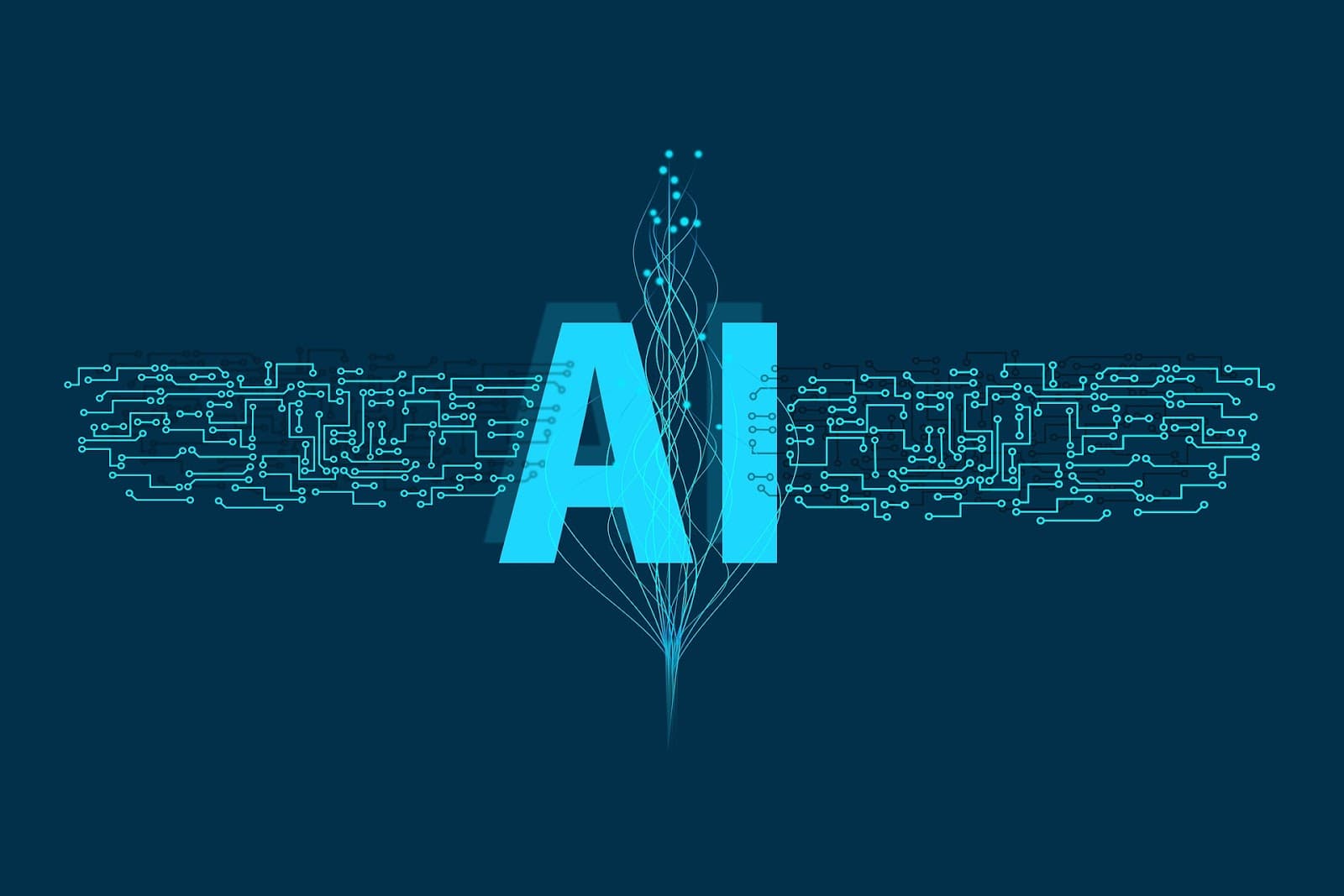
Unleashing the Potential of Machine Learning and AI
Step into the captivating realm of machine learning and artificial intelligence! These advanced and innovative technologies are completely transforming the landscape of business operations, offering unparalleled insights and efficiencies that were previously unimaginable.
From enhancing customer experiences to optimizing supply chains, the advantages of AI and ML are genuinely transformative. In this blog post, we will delve into the ways these potent tools are enabling businesses in various sectors to unlock fresh possibilities, maintain their competitiveness, and propel growth. So, sit back, unwind, and prepare yourself to uncover the remarkable ways in which AI and ML can revolutionize your organization for the superior!
Understanding Machine Learning
Machine learning and artificial intelligence are dynamic fields that are currently experiencing rapid growth in the business world. These technologies have the potential to automate tasks and enhance decision-making processes, leading to increased efficiency and effectiveness in organizations.
Machine learning is a technology that enables computers to learn from data without explicit programming. Instead, it involves observing user interactions with a system and adapting based on that input. This allows machines to operate autonomously without being explicitly instructed on what actions to take.
Artificial intelligence (AI) is a subset of machine learning that focuses on teaching computers to “think” like humans. AI can be utilized for tasks such as recommending products or services, facial recognition, or understanding natural language.
The Inner Workings of Machine Learning
In the realm of machine learning and artificial intelligence, computers learn by analyzing datasets. Once a computer has thoroughly examined a sufficient amount of data, it becomes capable of identifying patterns and making predictions on its own.
Supervised learning and unsupervised learning are the two primary approaches in machine learning. In supervised learning, the computer is provided with a set of training data that already contains information about the correct answers or categories. The computer then learns to recognize these correct answers based on the provided training data. On the other hand, unsupervised learning involves analyzing data without any predefined correct answers. The computer must identify correlations between different data points to determine possible associations.
Once a computer can identify patterns within data, it can make predictions about future events or outcomes without explicit instructions. This ability to generalize, where the computer predicts something it hasn’t encountered before, is one of the key advantages of machine learning over traditional methods like logic or rule-based programming.
Advantages of Machine Learning and Artificial Intelligence in Business
The utilization of machine learning and artificial intelligence in business offers numerous benefits. Machine learning algorithms enhance the accuracy of computer predictions, enabling businesses to make well-informed decisions rapidly. Artificial intelligence aids in automating tasks that may be time-consuming or challenging for humans, thus freeing up employees to focus on more critical work. Moreover, these technologies facilitate faster identification of new opportunities and trends, providing a competitive edge to businesses.

Case Studies Demonstrating the Operational Improvements through Machine Learning and Artificial Intelligence
As businesses evolve and strive to stay ahead of the competition, machine learning and artificial intelligence play a pivotal role by automating tasks that previously demanded significant time and effort.
- One prominent example is Amazon, which has extensively employed these technologies, particularly in its logistics department;
- By discerning patterns in data, Amazon has achieved significant enhancements in shipping times, revolutionizing its operations;
- Google, a longstanding user of machine learning, primarily focuses on search engine optimization (SEO). Additionally, Google has explored other applications of these technologies, such as speech recognition and image recognition, further expanding their capabilities;
- Given that machine learning and artificial intelligence are still relatively nascent, many businesses are currently exploring their potential advantages.
As these technologies become more widespread, we can anticipate even more remarkable advancements that will enhance operational efficiency across various industries.
Benefits of using ML and AI
One of the primary advantages of using machine learning and AI in business is the ability to automate tasks that were previously manual and time-consuming.
- By employing algorithms that can learn from data and make intelligent decisions, businesses can streamline their processes, reduce errors, and improve efficiency;
- This automation allows employees to focus on more strategic and value-added activities, ultimately driving productivity and innovation within the organization;
- Furthermore, machine learning and AI enable businesses to enhance the accuracy and precision of their data analysis;
- By analyzing large volumes of data, these technologies can uncover hidden patterns, correlations, and insights that humans may overlook;
- This data-driven approach empowers businesses to make more informed decisions, identify trends, and predict outcomes with greater accuracy;
- Whether it’s optimizing supply chains, personalizing customer experiences, or identifying market trends, machine learning and AI provide businesses with valuable insights to drive growth and success;
- In addition to automation and data analysis, machine learning and AI offer significant benefits in risk management and fraud prevention;
- These technologies can analyze vast amounts of data in real-time, detecting anomalies and patterns that may indicate potential risks or fraudulent activities;
- By proactively identifying and addressing these issues, businesses can mitigate financial losses, protect their reputation, and ensure compliance with regulatory requirements.
Machine learning and AI algorithms can continuously learn and adapt to new threats, providing businesses with robust defense mechanisms against evolving risks.
To wrap up
As technology continues to advance, the adoption of machine learning and AI is expected to become even more prevalent across industries. Businesses that embrace these technologies gain a competitive advantage by improving operational efficiency, optimizing decision-making processes, and staying ahead of market trends. However, organizations must approach the implementation of machine learning and AI with a thoughtful strategy. They must consider factors such as data quality, privacy, ethical considerations, and the need for human oversight to ensure responsible and effective utilization of these technologies.
In conclusion, machine learning and artificial intelligence offer numerous benefits to businesses. From automation and data analysis to risk management and fraud prevention, these technologies have the potential to revolutionize the way organizations operate. As businesses strive to navigate the digital era and stay competitive, the adoption of machine learning and AI becomes increasingly critical. Embracing these powerful tools can unlock new opportunities, drive growth, and position businesses at the forefront of their industries.





